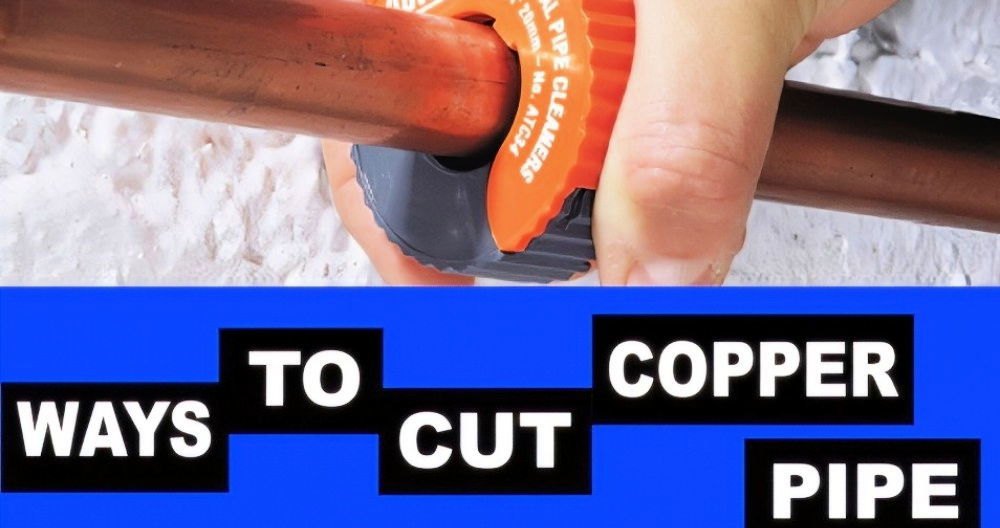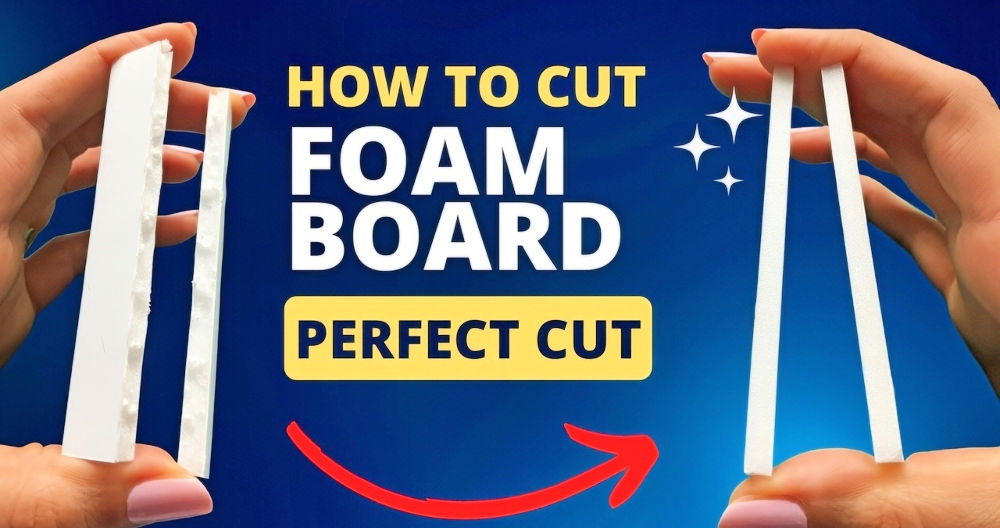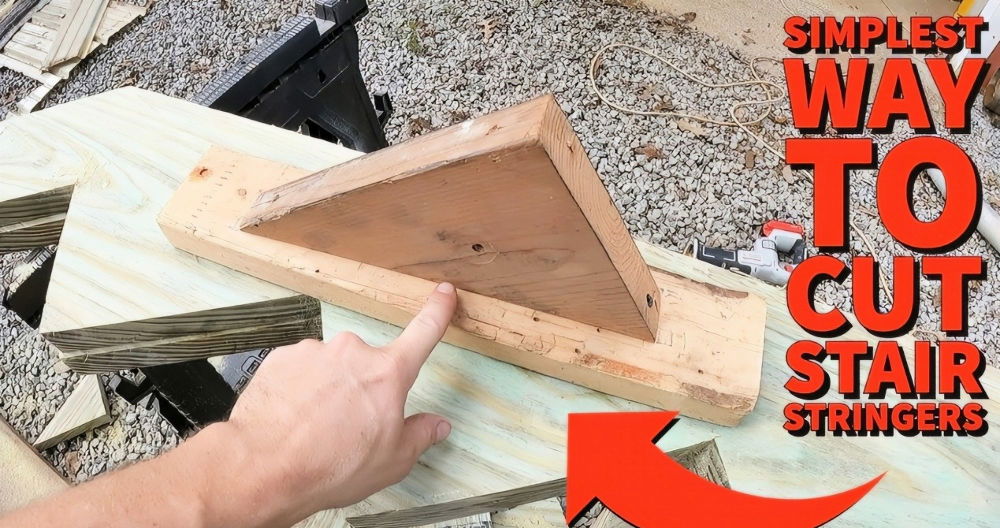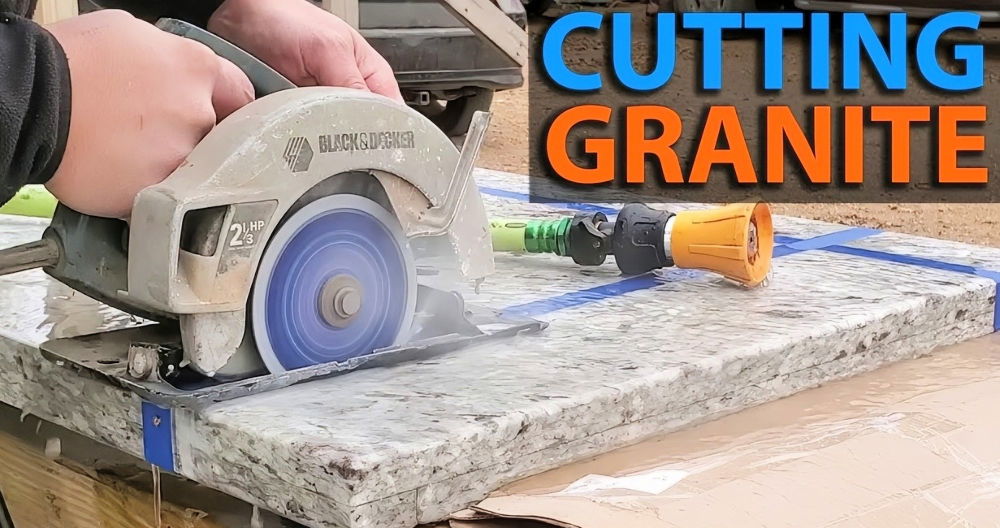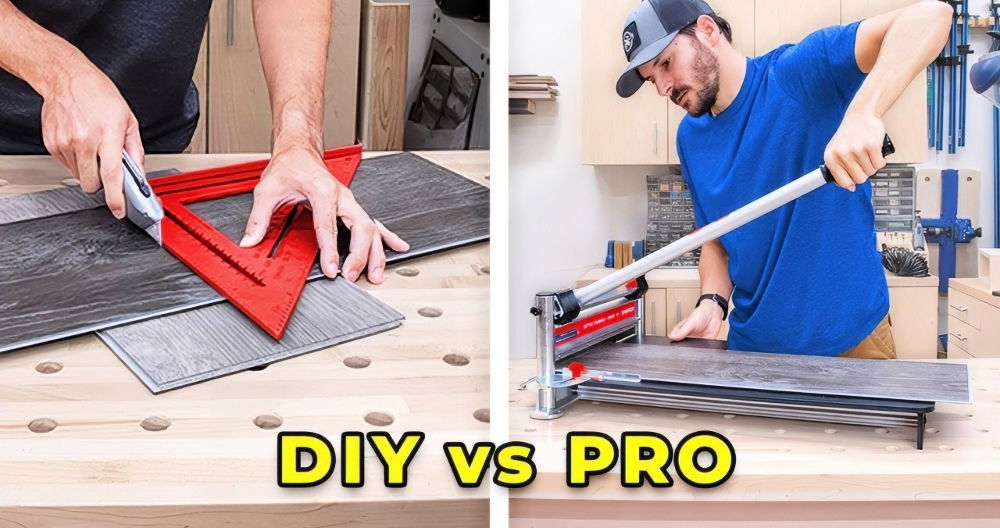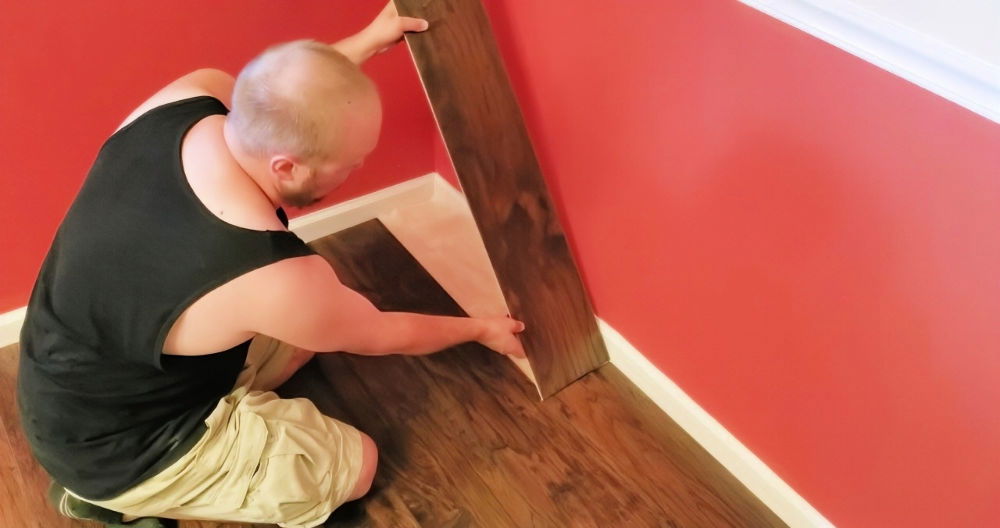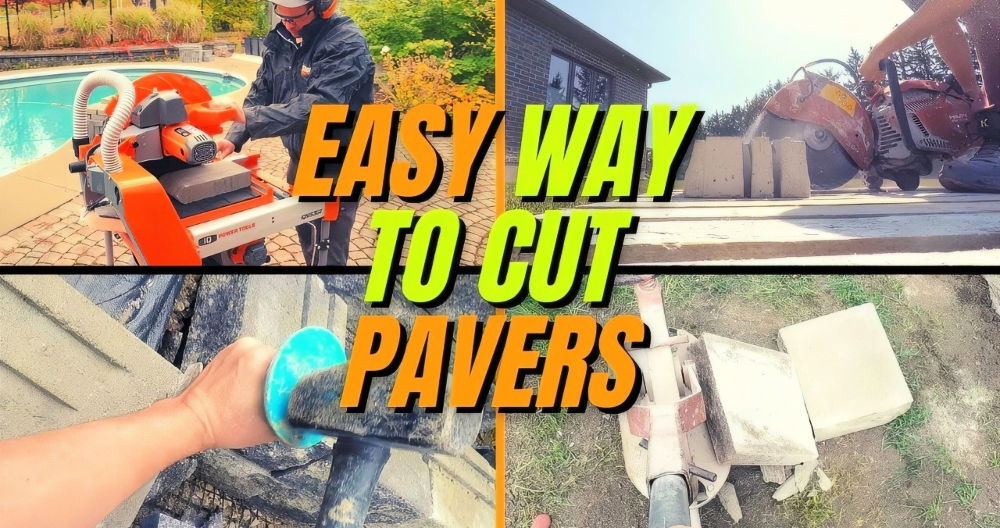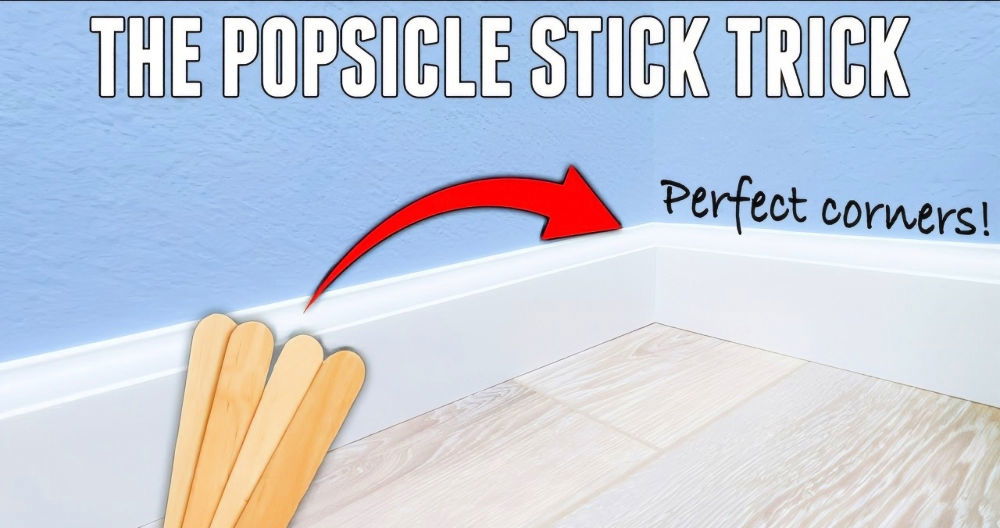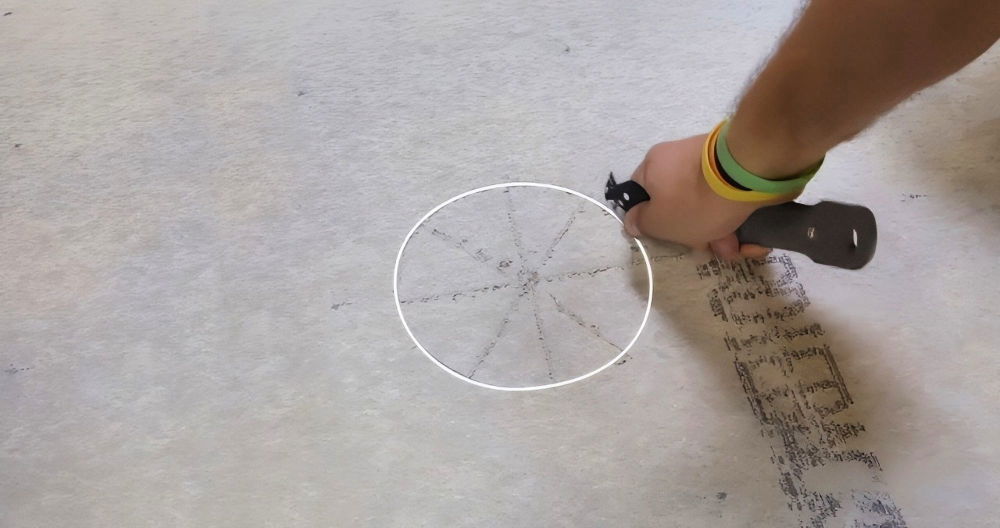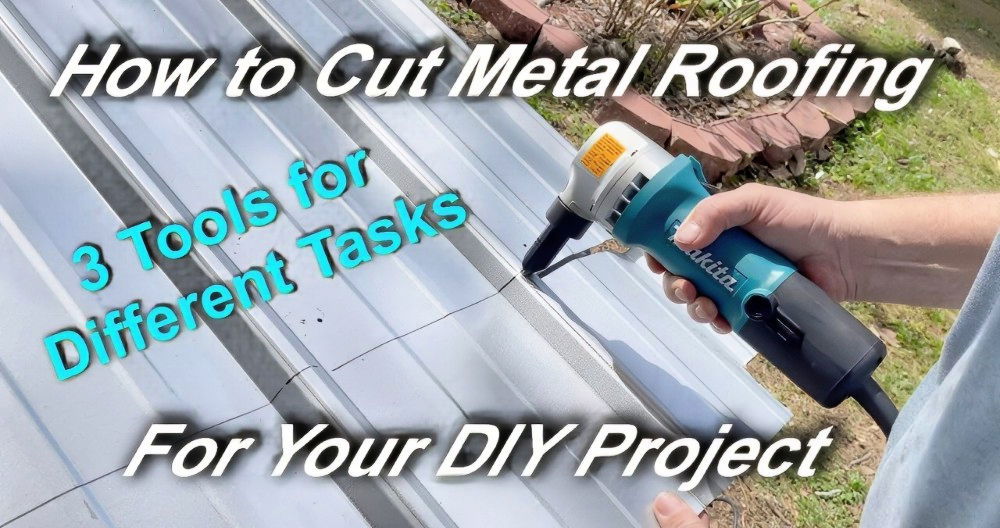Cutting PVC pipe may seem straightforward, but there's more to it than meets the eye if you want a precise, clean cut for your plumbing, gardening, or DIY projects. PVC (Polyvinyl Chloride) pipe is a versatile and commonly used material that's lightweight, durable, and easy to work with. From building irrigation systems and gardening trellises to creating furniture and support structures, knowing how to cut PVC pipe effectively is essential. Here, we'll explore four practical methods, including recommendations on tools, techniques, and key considerations to help you achieve the best results.
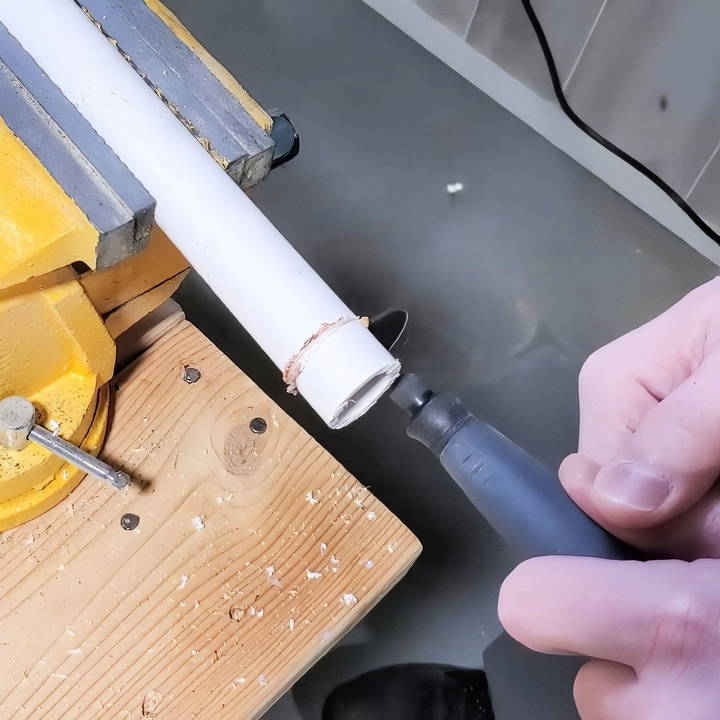
Understanding PVC Pipe Types and Choosing the Right One for Your Project
Before jumping into cutting techniques, it's essential to understand that PVC pipes come in different thicknesses and diameters, each suited to specific uses. Schedule 40 and Schedule 80 are the most common types for DIY projects. Schedule 40 PVC is widely used in plumbing and irrigation due to its durability and ease of cutting. Schedule 80 is thicker and more durable, typically used in industrial applications where higher pressure or chemical resistance is required.
Ensure you choose the correct type for your project as this will impact how you handle and cut the pipe.
Step by Step Instructions
Learn how to cut pvc pipe easily with a handsaw, miter saw, rotary tool, or pipe cutter. Find tips, best practices, pros, and cons for each method.
Method 1: Using a Handsaw – An Accessible Option
Discover the benefits and best practices of using a handsaw. Learn its pros and cons for an accessible and efficient cutting option.
Overview
A handsaw or crosscut saw is often the go-to tool for cutting PVC pipes. It's affordable, widely available, and doesn't require electricity. Many DIY enthusiasts favor the handsaw for its straightforward use.
Best Practices for Using a Handsaw
- Choose the Right Saw: A crosscut saw with medium-fine teeth is ideal. While a hacksaw can work, it tends to clog due to its fine teeth and may leave rough edges.
- Stabilize the Pipe: Use a clamp or workbench to secure the PVC pipe. This will prevent movement, ensuring a cleaner, more precise cut.
- Cut Slowly: Go slow to avoid splintering. Fast cutting can create rough edges and increase the chance of the pipe slipping.
- Deburr the Cut: After the cut, smooth out any rough edges or burrs with sandpaper or a utility knife for a cleaner finish.
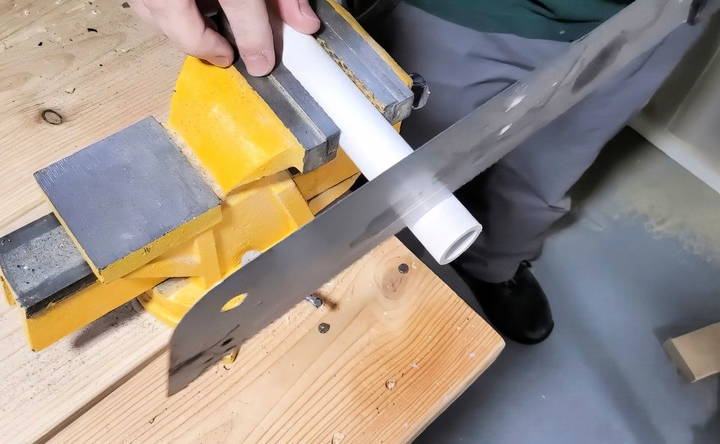
Pros and Cons of Using a Handsaw
- Pros: Cost-effective, no electricity required, suitable for small projects.
- Cons: May not produce the cleanest cut, can require more effort, may not be ideal for high precision.
The handsaw is suitable for small projects where precise cuts aren't a top priority. For larger or intricate projects, consider more advanced tools.
Method 2: Power Miter Saw – A Powerhouse for Precision
Discover the precision of the power miter saw. learn its uses, steps for operation, and the pros and cons for all your cutting needs.
Overview
A power miter saw (or chop saw) is another excellent choice, particularly if you need a straight, clean cut. This method is recommended if you have experience with power tools and are working on a larger project that requires precision.
Steps for Using a Power Miter Saw
- Select a Fine-Tooth Blade: Use a finish blade with fine teeth to minimize splintering and rough edges on the PVC.
- Position the Pipe Securely: Hold the pipe securely against the fence of the miter saw. This positioning will ensure a perfectly straight cut.
- Lower the Saw Slowly: As you cut, bring the saw blade down slowly to avoid melting or chipping the PVC. The slower approach also prevents cracking.
- Deburr the Cut: As with any method, use sandpaper or a utility knife to remove burrs and ensure smooth edges.
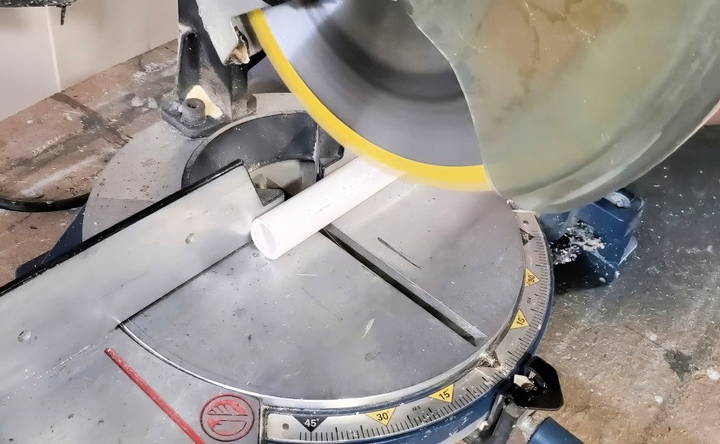
Pros and Cons of Using a Power Miter Saw
- Pros: High precision, excellent for straight cuts, efficient for multiple cuts.
- Cons: Requires electricity, can be expensive, potential safety risks for beginners.
This method is ideal for those looking for quick and precise cuts, especially on larger projects where consistency is key. However, it may not be suitable for tight spaces or projects without access to power.
Method 3: Using a Rotary Tool (Dremel) – For Small or Irregular Cuts
Learn how to use a rotary tool like a dremel for precise small or irregular cuts, including cutting pvc pipe, along with pros and cons.
Overview
A rotary tool, such as a Dremel, is another option for cutting PVC, although it's not the top choice for long, straight cuts. It's better suited for smaller, more intricate cuts or if you don't have access to larger tools.
How to Cut PVC Pipe with a Rotary Tool
- Select a Cutting Wheel Attachment: Attach a cutting wheel designed for plastic to the rotary tool.
- Wear Safety Gear: Rotary tools can create plastic dust and fumes if the speed is too high, so use goggles and a mask.
- Mark Your Cut Line: Carefully mark where you want to cut, as maintaining a straight line with a rotary tool can be challenging.
- Go Slow and Steady: Start with a low-speed setting to prevent overheating and melting the PVC. Move along the cut line slowly for better accuracy.
- Clean the Edges: Rotary tools often leave rough or melted edges. Clean these up with sandpaper or a utility knife for a smooth finish.
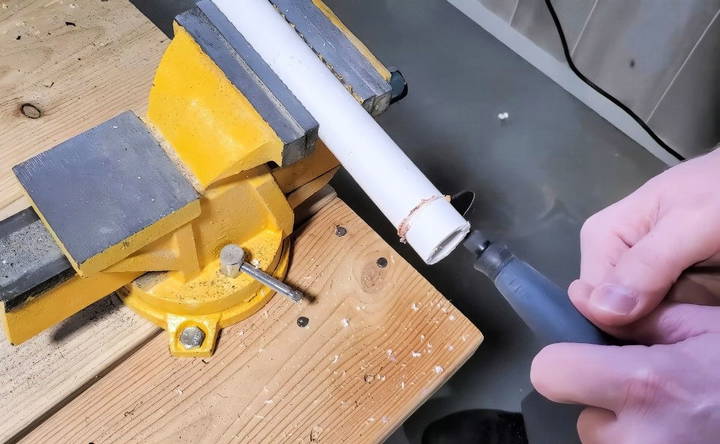
Pros and Cons of Using a Rotary Tool
- Pros: Versatile, good for intricate cuts or hard-to-reach places, can handle multiple materials.
- Cons: Not ideal for straight cuts, creates more dust and fumes, potential for melted edges.
While a rotary tool can work in a pinch, it's not recommended for larger or high-precision cuts. It's a decent option if you need to make small adjustments or don't have access to other tools.
Method 4: PVC Pipe Cutter – The Professional's Choice
Discover why the pvc pipe cutter is the professional's choice. Learn how to use it effectively and explore its pros and cons.
Overview
A PVC pipe cutter, especially the ratcheting type, is a tool designed explicitly for cutting PVC. It provides the cleanest, most accurate cuts with minimal effort, making it the preferred choice for professionals and hobbyists alike.
Using a PVC Pipe Cutter
- Position the Pipe in the Cutter: Place the pipe securely within the jaws of the PVC cutter.
- Squeeze the Handles Together: Ratcheting cutters make it easy to apply consistent pressure, resulting in a smooth cut. Slowly squeeze until the pipe is fully cut.
- Finish with Sandpaper if Needed: Although PVC cutters leave a relatively clean edge, a light pass with sandpaper can perfect the finish.
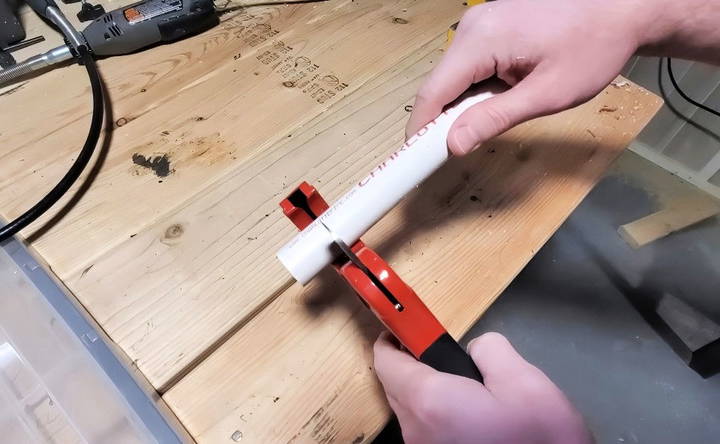
Pros and Cons of Using a PVC Pipe Cutter
- Pros: Cleanest and straightest cuts, easy to use, no power required, portable.
- Cons: Requires a specific tool purchase, not ideal for larger diameter pipes.
PVC pipe cutters are ideal for anyone who needs to cut PVC regularly, as they are quick, portable, and deliver professional-quality cuts. However, they may not work as well on pipes larger than two inches in diameter.
Tips for Choosing the Right Cutting Method
- Project Scale: For small projects, a handsaw or PVC pipe cutter is often sufficient. For larger projects, consider a power miter saw for efficiency and precision.
- Available Tools: If you have a power saw or PVC cutter on hand, leverage them. If not, consider investing in these tools based on your project needs.
- Cut Quality: For smooth, professional-quality cuts, a PVC cutter or miter saw is ideal. If precision isn't critical, a handsaw or rotary tool will suffice.
- Safety First: Always wear safety goggles and a mask, especially when using power tools, as PVC particles and fumes can pose health hazards.
Final Steps After Cutting
Once you've cut the PVC pipe, take a few minutes for finishing touches:
- Deburr the Edge: Use sandpaper, a deburring tool, or a utility knife to remove sharp edges and burrs.
- Inspect the Fit: Dry-fit the pipe to ensure it fits well with your other PVC pieces or fittings.
- Check for Cracks: Sometimes, cutting can leave minor cracks or imperfections. Inspect the cut end to avoid future leaks or weak points in your project.
- Cleanup: PVC particles can get everywhere, especially with power tools. Wipe down the area to prevent inhaling dust or contaminating your workspace.
Conclusion
PVC pipes are a cornerstone of DIY projects due to their versatility, durability, and ease of use. Whether you're tackling a plumbing project, building a garden trellis, or creating custom furniture, mastering these cutting techniques will enable you to work with PVC confidently. Each method has its place, so choose the tool that best matches your project's needs, skill level, and available equipment.
By following these detailed methods and tips, you'll achieve clean, precise cuts that make your PVC-based projects not only functional but also professional-looking. Remember, practice makes perfect – so don't hesitate to test a few cuts on scrap pieces before starting your main project.
FAQs About Cutting PVC Pipe
Discover answers to common questions on cutting PVC pipe with ease. Learn tools, tips, and techniques for precise and efficient cuts.
Yes, a jigsaw can cut PVC, especially for smaller projects. However, keeping a straight cut may be challenging on a round pipe. Use a fine-toothed blade and go slowly to avoid jagged edges. Always clamp the pipe for stability to prevent the blade from slipping.
Ratchet cutters are ideal for smaller pipes (up to about 2 inches in diameter). For larger pipes, these cutters may not provide the necessary leverage. Consider a fine-toothed saw or power tool for larger diameter cuts.
For brittle PVC, a fine-toothed hacksaw works well when used slowly, reducing the chance of cracking. Avoid power tools, as they may splinter old PVC. A rotary-style steel pipe cutter can also provide a clean, controlled cut on fragile pipes.
A perfectly straight cut ensures a proper fit, but slight imperfections are usually fine if the pipe will be glued. Focus on making the cut smooth and close to straight to ensure accurate measurements and secure joints.
After cutting, use sandpaper or a utility knife to smooth out rough edges or burrs. This prevents issues during fitting and enhances the durability of the connection. A clean cut also improves glue adhesion for plumbing applications.
Yes, a rotary tool can cut PVC, though it may be difficult to achieve a straight cut, and it can create plastic dust and fumes. Use a plastic-specific blade, set the speed low, and always wear safety gear to avoid inhaling fumes.
A vibratory multitool is useful for tight spaces, as it allows controlled cuts without needing much clearance. A rotary-style pipe cutter is another option if the space around the pipe is restricted, as it can make clean, straight cuts with minimal rotation.
Inexpensive cutters can sometimes shift during cutting, resulting in uneven cuts. Investing in a high-quality cutter is recommended if you need clean, square cuts for precise projects.


